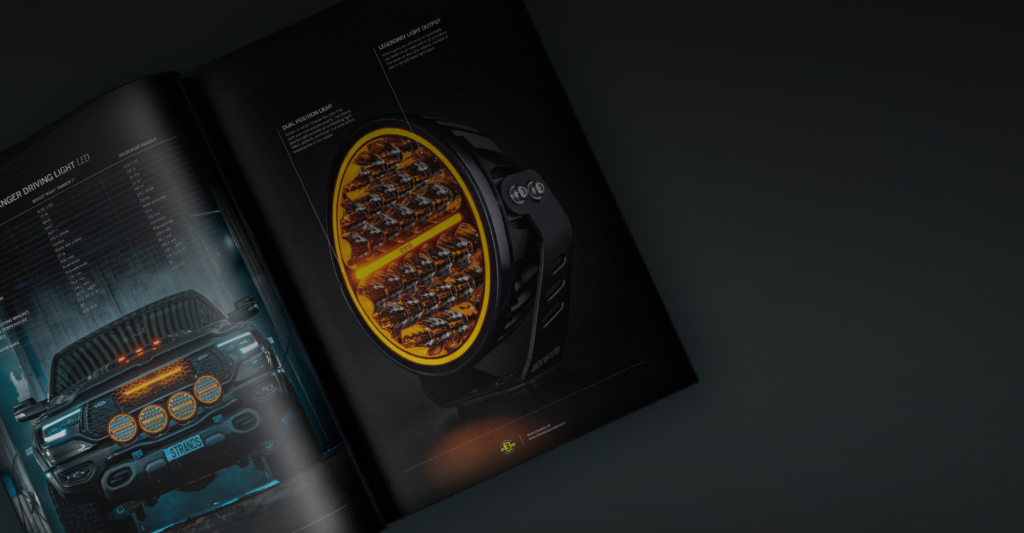
Tail lights for cars
HIGH-QUALITY TAIL LIGHTS FOR CARS
At Strands Lighting Division, we pride ourselves on offering high-quality tail lights tailored to meet the needs of every discerning car owner. Whether you’re looking for a factory tail light assembly or custom options, our product lineup promises to deliver illumination and style perfectly suited for your vehicle.
Read moreShowing 1–16 of 158 results
-
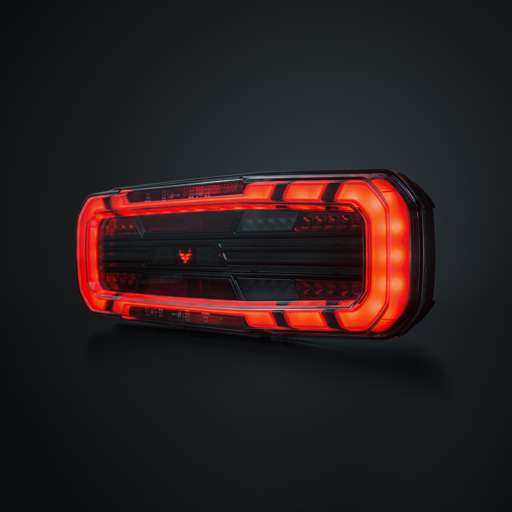 SKU: 900052
SKU: 900052FREEDOM DARK 5 FUNC. TAILLIGHT RIGHT FOR TRUCK
Tail/Reverse/Indicator/Fog/Brake | 2M Cable RRP: €279 (Excl. tax) -
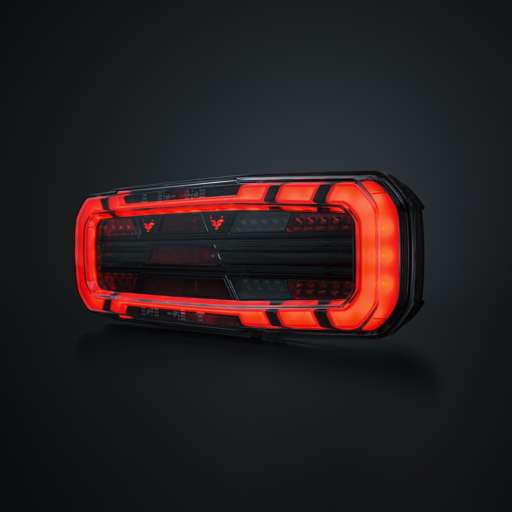 SKU: 900054
SKU: 900054FREEDOM DARK 5 FUNC. TAILLIGHT RIGHT FOR TRAILER
Tail/Reverse/Indicator/Fog/Brake | 2M Cable RRP: €279 (Excl. tax) -
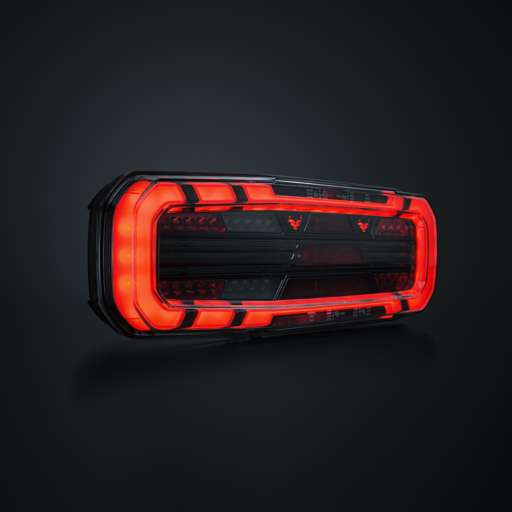 SKU: 900053
SKU: 900053FREEDOM DARK 5 FUNC. TAILLIGHT LEFT FOR TRAILER
Tail/Reverse/Indicator/Fog/Brake | 2M Cable RRP: €279 (Excl. tax) -
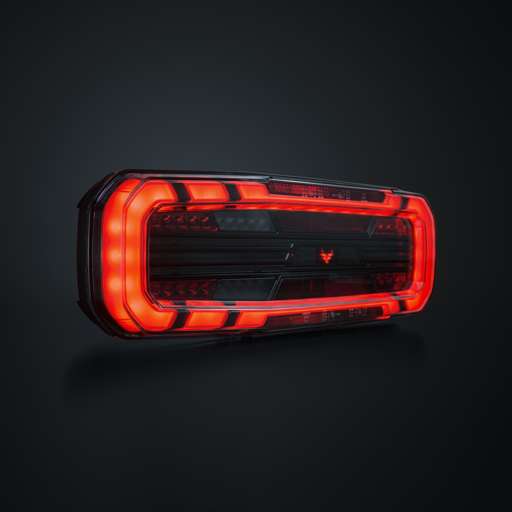 SKU: 900051
SKU: 900051FREEDOM DARK 5 FUNC. TAILLIGHT LEFT FOR TRUCK
Tail/Reverse/Indicator/Fog/Brake | 2M Cable RRP: €279 (Excl. tax) -
 SKU: 800154
SKU: 800154FREEDOM 3 FUNC. TAILLIGHT
Tail/Reverse/Fog | 2M Cable RRP: €96.30 (Excl. tax) -
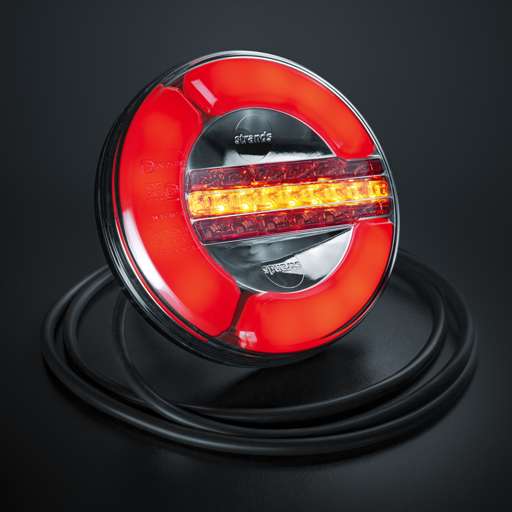 SKU: 800153
SKU: 800153FREEDOM 3 FUNC. TAILLIGHT
Tail/DYN.Indicator/Brake | 2M Cable RRP: €97.60 (Excl. tax) -
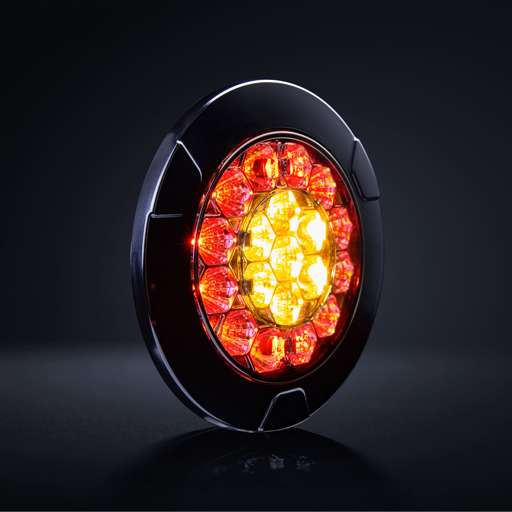 SKU: 800511
SKU: 800511FREEDOM BLACK RAVEN 3 FUNC. TAILLIGHT ROUND 152MM
Tail/Indicator/Brake | 2M Cable RRP: €69 (Excl. tax) -
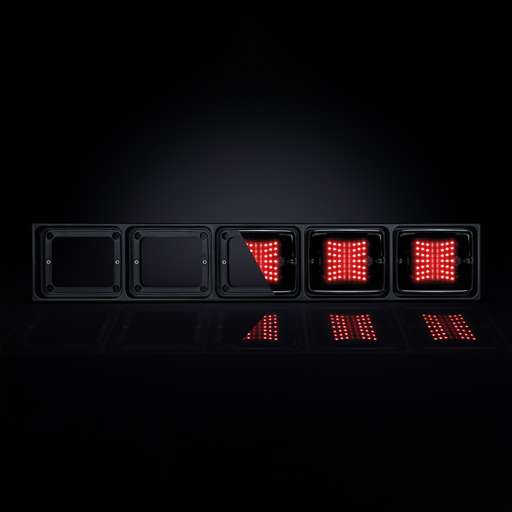 SKU: 800640
SKU: 800640IZE LED FRAME 5XSQUARE
RRP: €97.60 (Excl. tax) -
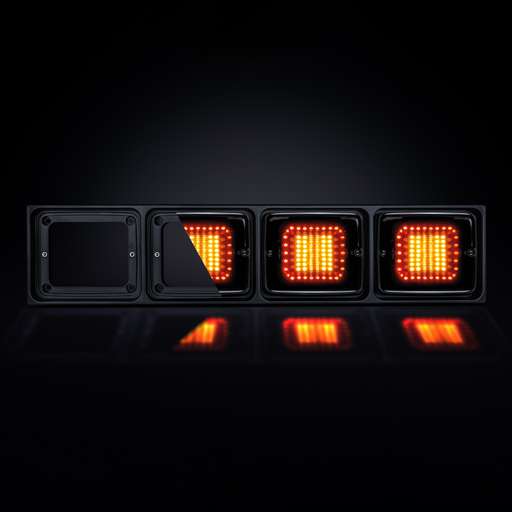 SKU: 800639
SKU: 800639IZE LED FRAME 4XSQUARE
RRP: €87.30 (Excl. tax) -
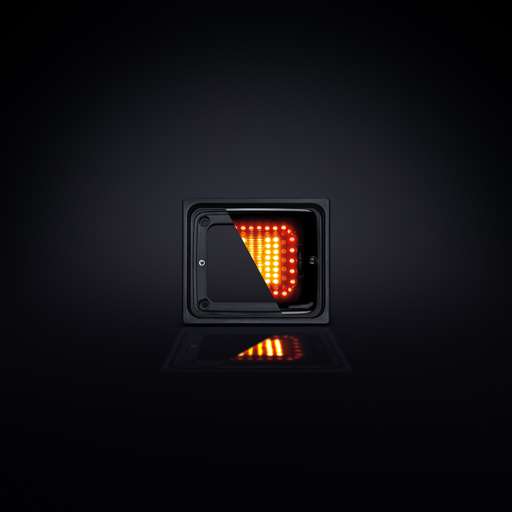 SKU: 800635
SKU: 800635IZE LED FRAME SINGLE
RRP: €36 (Excl. tax) -
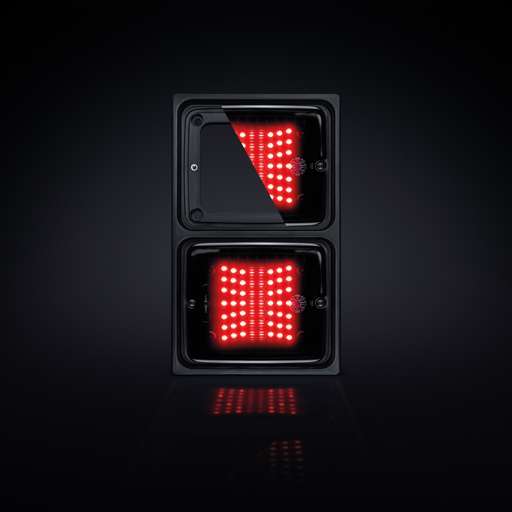 SKU: 800636
SKU: 800636IZE LED FRAME DOUBLE
RRP: €46.20 (Excl. tax) -
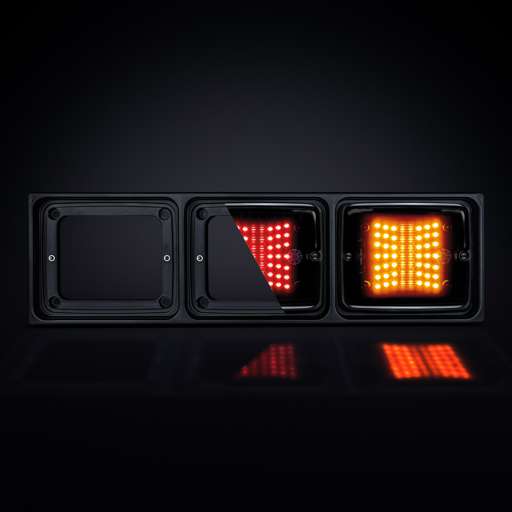 SKU: 800638
SKU: 800638IZE LED FRAME 3XSQUARE
RRP: €81.20 (Excl. tax) -
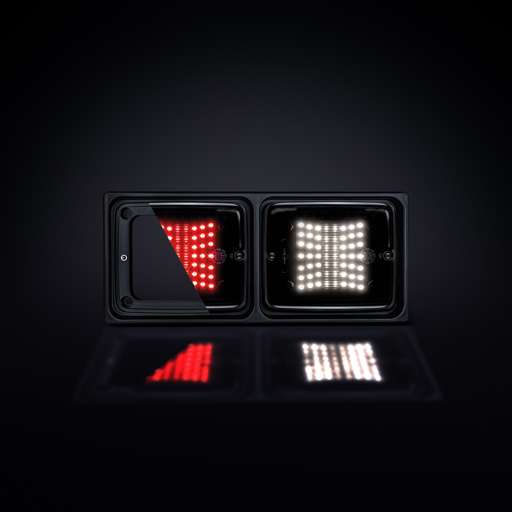 SKU: 800637
SKU: 800637IZE LED FRAME DOUBLE- HORIZONTAL
RRP: €46.20 (Excl. tax) -
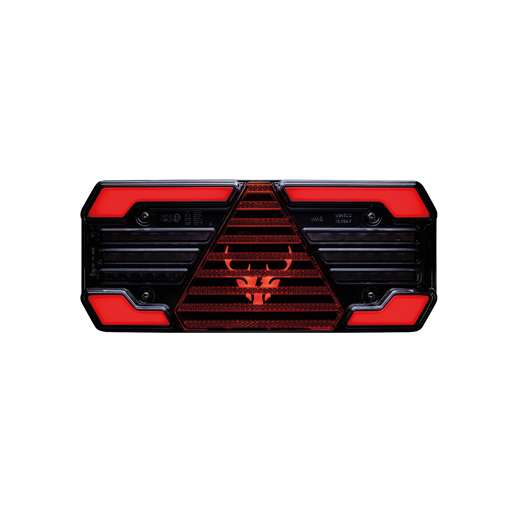 SKU: 900011
SKU: 900011FREEDOM 4 FUNC. TAILLIGHT LEFT FOR TRAILER
Tail/Reverse/Indicator/Brake | 2M Cable RRP: €246.60 (Excl. tax) -
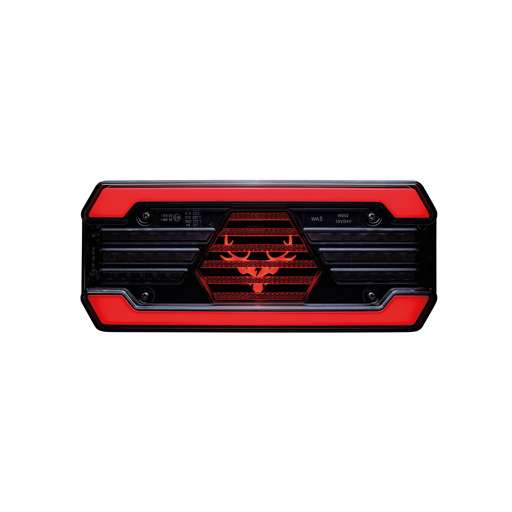 SKU: 900014
SKU: 900014FREEDOM 4 FUNC. TAILLIGHT RIGHT FOR TRUCK
Tail/Reverse/Indicator/Brake | 2M Cable RRP: €246.60 (Excl. tax) -
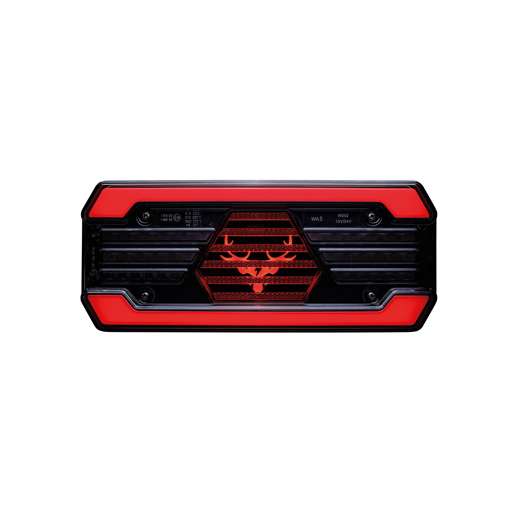 SKU: 900013
SKU: 900013FREEDOM 4 FUNC. TAILLIGHT LEFT FOR TRUCK
Tail/Reverse/Indicator/Brake | 2M Cable RRP: €246.60 (Excl. tax)
Showing 1–16 of 158 results
Tail light assembly for cars
Our commitment to quality ensures that each light set is manufactured to the highest standards, meeting the demanding expectations of automotive enthusiasts worldwide. Quality is not just a buzzword for us; it’s a promise. Our collection of tail lights, combines cutting-edge technology with premium materials to provide unparalleled performance and durability.
When it’s time for a replacement tail light, choosing a high-quality option is critical for safety and aesthetics.
That’s why we offer an array of automotive tail light parts designed to replace worn or damaged lights seamlessly. Our range includes everything from tail lights that match your car’s original specifications to custom tail light assemblies that let you add a personal touch to your vehicle’s rear. Each part is crafted with meticulous attention to detail, ensuring every light set performs flawlessly irrespective of road conditions or weather.
In addition, our products are top-rated, having undergone rigorous testing to meet and exceed industry standards. Attention to details is paramount at Strands Lighting Division.
Therefore, we provide quality tail lights that not only enhance your car’s appearance but also improve its safety. For those who demand the best, our lineup represents the pinnacle of automotive lighting innovation.
So, whether you need a replacement tail light, an upgrade to a more stylish design, or simply want to explore our top-rated products, Strands Lighting Division is your one-stop shop. Trust in our quality and service to illuminate your driving experience with the finest factory tail and custom options available today.
WHAT ARE TAIL LIGHTS AND DO YOU NEED THEM?
Tail lights are essential components of any vehicle, serving as critical safety features that ensure visibility on the road. Located at the rear of a car, tail lights illuminate whenever the vehicle’s headlights are turned on, providing signals to other drivers that help prevent accidents, especially during low-visibility conditions like nighttime or adverse weather. Whether you drive a car, truck, or any other type of vehicle, having functional tail lights is not just crucial for your safety but is also a legal requirement in most jurisdictions.
Custom and factory tail light assemblies can be tailored to fit the specific make and model of your vehicle, offering both aesthetic appeal and improved road safety.
The primary function of a tail light is to signal the presence, width, and shape of a vehicle, making it easier for other drivers to gauge their distance and speed relative to your car. This is particularly important when driving in heavy traffic or on busy roads, where prompt reactions can make the difference between safe driving and a potential accident.
In addition to enhancing safety, high-quality tail lights contribute to the overall aesthetic of your car, allowing you to choose from various styles such as conventional, LED, or halogen.
If you’re in need of reliable lighting parts, Strands Lighting Division offers a diverse range of options to meet your specific requirements.
To ensure your tail lights are functioning correctly, it’s advisable to conduct regular maintenance checks, evaluating the light for brightness and any potential damage. Even a minor lamp comment or fault can significantly impair the effectiveness of your tail lights, putting you at risk on the road.
ARE BRAKE LIGHTS AND TAIL LIGHTS THE SAME?
While brake lights and tail lights are part of the same assembly and are located at the rear of vehicles, they serve different purposes and operate under different conditions. Brake lights are an essential safety feature that illuminate when the driver presses the brake pedal. This signals to the vehicles behind that the car is slowing down or coming to a stop. Brake lights are typically brighter than tail lights to ensure maximum visibility and safety.
On the other hand, tail lights are designed to be on whenever the vehicle’s headlights are on, providing visibility and indicating the car’s presence on the road. Tail lights often use a standard bulb or integrated LED in the design, and they’re crucial for nighttime driving or adverse weather conditions.
While both light systems are vital for vehicle safety, their operational triggers and brightness levels differ. When considering replacements or upgrades, it’s important to understand the distinctions between these lights.
Strands Lighting Division provides a wide range of custom and factory tail light assemblies that ensure both your brake lights and tail lights meet the highest standards of quality and performance. Our designs cater to various vehicles ensuring compatibility and ease of installation.
Factory assemblies are usually specific to vehicle makes and models, ensuring a seamless fit and optimal performance. Custom assemblies, on the other hand, offer opportunities to personalize the look of your vehicle while maintaining functionality.
Whether you’re looking to replace a faulty bulb or upgrade to a more efficient lighting system, understanding the role of each light type will guide you in making an informed decision.
At Strands Lighting Division, we pay meticulous attention to the details of our designs, ensuring each replacement part enhances both the aesthetic and functional aspects of your vehicle’s rear lights. Rest assured, our tail lights and brake lights assemblies are crafted with precision for reliability and style, meeting all your automotive lighting needs.
Tail Lights for Cars, Trucks, and Other Vehicle Types
At Strands Lighting Division, we offer a diverse range of tail lights designed to fit various vehicles, including cars, trucks, and other types of automotive machinery. Our tail light assemblies are tailored to meet specific needs, whether you’re looking for custom options or factory replacements for your vehicle’s rear lights.
Tail lights are essential for safety, enhancing visibility by signaling your vehicle’s presence to other drivers, especially under low-light conditions. We provide plug-play led tail lights, which are easy to install and come with robust features such as enhanced durability and brighter illumination.
These tail lights are available for both driver side and passenger side installations, ensuring comprehensive coverage for your vehicle. Whether you’re upgrading or replacing old tail lights, our collection ensures compatibility and high performance. Our plug-play led options are especially popular due to their energy efficiency and straightforward installation.
These tail lights not only improve your vehicle’s aesthetics but also significantly boost safety by providing reliable illumination and clear turn signals. Strands Lighting Division takes pride in offering a variety of tail light styles, from conventional designs to state-of-the-art LED solutions.
Our team of experts ensures each tail light meets rigorous quality standards, providing you with products that last longer and perform better. Tail lights for cars and trucks are available in various configurations to suit different preferences and needs.
We understand the importance of maintaining clear rear lights for the safety of all road users, and our products are designed with this in mind. Whether you drive a Ford, a Yukon, or another type of vehicle, you’ll find reliable, aesthetically pleasing tail lights in our collection.
Choose Strands Lighting Division for high-quality tail lights that enhance both the appearance and safety of your vehicle.
Reasons to upgrade your car rear lights
Upgrading the rear lights of modern cars offers a multitude of advantages, starting with enhanced safety.
The primary function of any vehicle’s lighting system is to ensure that the vehicle is visible to other road users, especially in low-light conditions or during adverse weather.
By upgrading to high-quality LED lights, for instance, you significantly increase the brightness and visibility of your vehicle from the rear, thereby reducing the risk of accidents caused by other drivers not seeing your vehicle in time.
Another key benefit of upgrading your rear lights involves the aesthetic enhancement it brings to modern vehicles.
Today’s LED lights come in various designs and configurations, allowing for a level of customization that was not possible with traditional incandescent bulbs.
This means that vehicle owners can select lighting options that not only improve safety and visibility but also add a unique style element to their vehicle, making it stand out from the crowd.
Furthermore, modern LED rear lights are known for their durability and energy efficiency. Unlike traditional bulbs that can burn out unexpectedly and require frequent replacements, LED lights have a much longer lifespan and consume less power.
This not only makes them more cost-effective in the long run but also contributes to the overall energy efficiency of the vehicle, aligning with the growing trend towards more environmentally friendly automotive solutions.
TYPES OF TAIL LIGHTS: CONVENTIONAL, LED & HALOGEN
Understanding the different types of tail lights is essential in choosing the right fit for your vehicle. At Strands Lighting Division, we offer a comprehensive range of tail light options, including conventional, LED, and halogen assemblies.
Conventional tail lights are often the go-to for vehicle owners seeking an affordable and straightforward solution. These traditional lights provide reliable illumination and are relatively easy to replace. However, they may lack the brightness and efficiency found in more modern alternatives.
LED tail lights have become increasingly popular due to their high-quality performance and energy efficiency. These lights are known for their bright illumination, which enhances visibility and safety on the road. Moreover, LED lights last significantly longer than their conventional counterparts, making them a top-rated choice among car enthusiasts. Strands Lighting Division’s plug-and-play LED options are particularly favored for their easy installation and seamless integration with various vehicle models. These LED tail lights not only provide superior performance but also offer modern design aesthetics that can enhance the overall look of your car.
Halogen tail lights, another popular choice, strike a balance between conventional and LED options. They offer better brightness and color quality than standard tail lights, making them a high-quality and reliable option. Halogen tail lights are commonly found as factory tail lights and are often used in many vehicles due to their balance of cost and function.
These lamps are known for their easy replacement process and widespread availability. In the pursuit of choosing the best tail light for your vehicle, consider the specific needs and preferences you have.
Whether you’re opting for the efficiency of LEDs, the cost-effectiveness of conventional lights, or the balanced performance of halogen options, Strands Lighting Division has a selection of top-rated, factory tail light assemblies to meet your requirements. Our commitment to high-quality and innovative design ensures that each replacement tail light meets your expectations, providing both functionality and aesthetic appeal.
Explore our range of tail lights today and discover the perfect fit for your vehicle at Strands Lighting Division.
CUSTOM TAIL LIGHTS FOR CARS
Upgrading your car’s tail lights can significantly enhance both the appearance and functionality of your vehicle. Custom tail lights are an essential addition for any truck owner looking to improve safety, visibility, and style. At Strands Lighting Division, we offer a range of innovative and high-quality custom tail lights designed to meet the rigorous demands of the road.
UNIQUE AESTHETIC APPEAL
Our custom tail lights are designed to give your truck a distinctive look. Whether you prefer a sleek, modern design or a rugged, off-road appearance, our tail lights can be customized to match your style. The advanced designs and high-quality materials used in our products not only enhance the visual appeal of your truck but also contribute to its overall value.
IS IT DIFFICULT TO INSTALL TAIL LIGHTS ON YOUR CAR?
Installing tail lights on your vehicle can seem daunting, but it doesn’t have to be. Whether you’re replacing a damaged light set or upgrading to a high-performance option, proper preparation and understanding can simplify the process.
Many car owners find it manageable to install tail lights, especially with custom tail light assemblies available. Custom tail lights are designed to fit specific cars, ensuring a seamless installation process that often only requires basic tools. However, the ease of installation can vary depending on the type of tail lights you’re installing. Factory tail lights are generally straightforward to replace, as they match the original specifications of your vehicle. When dealing with factory tail light parts, you simply need to remove the existing rear lights and plug in the new ones. The connections typically align perfectly, minimizing any complications. On the other hand, custom or high-end automotive tail lights may require a bit more effort.
If you’re installing LED or halogen tail lights, you might need to perform some wiring adjustments. Learning how to connect turn signals properly is essential in these cases. Make sure you carefully read the instructions that come with your new light set, as incorrect installation can affect the functionality of your turn signals and other parts of your vehicle.
Driver-side tail lights can sometimes pose additional challenges due to their proximity to key car components, but a bit of patience and care can overcome these obstacles. Highly-rated and top-rated tail lights often come with comprehensive guides that can make the installation process smoother. It’s always a good idea to consult your car’s manual before you begin, as it can provide valuable insights into the specific requirements for your vehicle.
In conclusion, while installing tail lights on your vehicle might seem complex at first glance, it’s often within reach for anyone willing to take the time to learn and follow the necessary steps. Whether you’re swapping out factory tail lights or upgrading to a high-performance light set, a meticulous approach can ensure a successful installation. By choosing the right parts and following detailed instructions, you can enhance your car’s rear lights efficiently and effectively.
How to install tail lights
Whether you’re installing new tail lights or replacing old ones, the key is to understand the design and ensure you have easy access to the necessary parts. First, ensure that your vehicle is securely parked and the engine is off. It’s essential to check if your car uses plug-play LED tail lights or another type. Begin by opening the trunk or accessing the rear panel; this varies depending on whether you’re working on the driver side or passenger side.
Next, locate the screws or clips holding the tail light assembly in place. Carefully remove these parts with the appropriate tools, such as a screwdriver or socket wrench. Gently pull the tail light assembly from the vehicle, ensuring you don’t damage any wires or connectors. If you’re installing replacement tail lights, compare them with the original to ensure they match the design and details.
If everything checks out, disconnect the old tail light’s wiring harness. For plug-play LED tail lights, connecting the new lights is as simple as plugging them into the existing socket. For other types, you may need to splice wires or use additional connectors. Position the new tail lights assembly in place, ensuring a secure fit on both the driver and passenger sides.
Secure the new tail light assembly by reattaching the screws or clips you previously removed. Test the tail lights by turning on your vehicle. Ensure that both the brake lights and tail lights are functioning correctly. This will confirm that all parts have been installed properly. If you encounter any issues, double-check the connections and make sure all parts are in the correct position.
Finally, considering the importance of fully functional tail lights for safety on the road, periodic checking and maintenance of your lights are advisable. By following these steps, you can ensure that your new tail lights provide impeccable service, enhancing both safety and aesthetic appeal of your vehicle.
Regular Maintenance for Automotive Tail Lights & Rear Lights
Ensuring the regular maintenance of your automotive tail lights and rear lights is crucial for safety on the road. A well-maintained tail light assembly not only enhances the aesthetic appeal of your vehicle but also plays a pivotal role in communicating your intentions to other drivers.
Regular check-ups can help identify issues like burnt-out lamps, cloudy lenses, or malfunctioning brake lights. When inspecting your tail lights, ensure the tail light and brake lights function correctly. Any irregularities should prompt you to replace these parts immediately to avoid potential road hazards. Proper maintenance involves cleaning the tail light lenses to keep them clear of dirt and grime that may obscure the light.
When it comes to regular maintenance, consider the type of lamp used in your vehicle. Conventional lamps, LED, and halogen rear lights all have different requirements and lifespans. Regularly inspecting and cleaning the tail light assembly ensures the parts remain in top-notch condition.
Furthermore, always consult your vehicle’s manual for specific guidelines regarding your car’s rear lights. Another essential aspect is ensuring the electrical connections of your tail lights and brake lights are secure.
Loose connections can lead to intermittent or complete failure of your vehicle’s lighting. For vehicle owners, particularly those with older models, periodic checks are vital.
A functional and well-maintained tail light assembly will illuminate the road better, ensuring both you and other drivers stay informed and safe. In summary, dedication to regular maintenance can extend the life of your tail light assembly. It ensures that your brake lights and rear lights are always optimal, providing safety and reliability for your vehicle’s journeys.
What is the tail light of a car?
A tail light is a crucial part of a vehicle’s rear lighting system. It’s typically positioned on the back corners of a car and emits red light to signal the vehicle’s presence and enhance visibility to other drivers, especially in low light conditions or at night.
What does a tail light do in a car?
Tail lights serve multiple functions including indicating the vehicle’s presence, providing brake light signals, and offering turn signal indicators. They enhance road safety by making the vehicle more visible from the rear, preventing accidents and ensuring communication with other road users.
STRANDS LIGHTING EXPERTISE
Our Lighting Journey
Strands Lighting Division emerged from the vision of Jon Strand, who founded Strands fordonskomponenter AB in 2002 in Berghem, Sweden. With a background in the automotive industry and experience with spare parts, Jon identified crucial gaps in the market: resistance to new technology and unjustifiably high prices from established manufacturers.
Within just two years of founding, Strands developed its first proprietary lighting product. Our approach to testing was initially straightforward but effective – comparing our lights directly with major German manufacturers’ products in real-world conditions. The results consistently demonstrated our products’ superior performance, and after successfully navigating EU regulatory requirements, our lighting products gained official approval.
Development Through Real-World Testing
What sets our lighting products apart is our development process rooted in the challenging Scandinavian road conditions. Our tail lights and other lighting solutions are specifically designed to withstand extreme temperatures, salted roads, sudden temperature changes, and other demanding situations that put maximum strain on vehicle lighting systems.
This real-world testing approach ensures that when we develop tail lights, they’re built to perform consistently regardless of environmental conditions – a critical safety factor for lighting components that other drivers depend on to identify your vehicle in poor visibility.
Quality Assurance and Warranty
Our commitment to quality is demonstrated through our unique three-year functional warranty that covers all Strands Lighting Division products – including our complete range of tail lights. This warranty, which exceeds industry standards, applies to manufacturing defects resulting from incorrect manufacturing processes, material defects, or design flaws.
This commitment to standing behind our products reflects our confidence in their durability and performance – particularly important for safety-critical components like tail lights that must function reliably for years of daily use.
Industry Recognition
Strands lighting products have consistently excelled in comparative tests conducted by various European magazines, where we’re regularly recognized for providing high-quality lighting solutions at accessible price points. This reputation for quality and value has attracted partnerships with major automotive and machinery manufacturers, who now source lighting components directly from us.
Today, as Europe’s fastest-growing automotive lighting brand, we continue to work closely with professional drivers and fleet operators who face the most demanding road conditions. Their practical experience and feedback directly inform our tail light designs, ensuring they meet real-world needs for visibility, durability, and performance.
